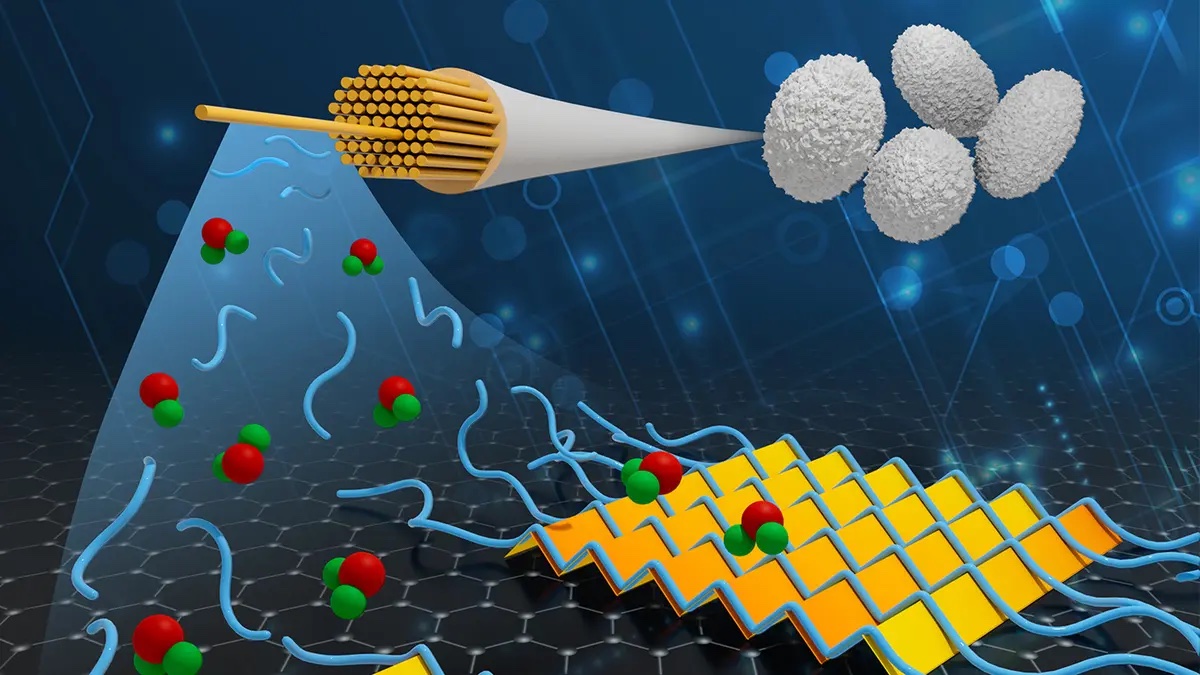An international team of researchers has developed tunable transistors using silk and graphene, offering a potential solution to the growing problem of electronic waste. Tunable transistors are crucial components in electronic devices, allowing circuits to adjust their performance in real-time based on changing conditions such as signal strength or environmental factors. These components are found in devices ranging from smartphones to quantum computing systems, but they are traditionally made from non-biodegradable materials like silicon, contributing to e-waste.
In their latest study, the researchers demonstrated how silk can be used to create biodegradable electronic devices. Silk’s durability and strength have long made it an appealing material for high-tech applications, but its naturally disordered protein structure has posed challenges for use in electronics.
To address this, the researchers combined silk protein fragments, known as fibroins, with a base layer of graphene. The graphene helps maintain the organization of the silk fibroins, enabling better control over the signals transmitted through them. The silk-graphene structure is then packed into β-sheets, forming a stable, tunable transistor capable of flipping between on and off states in response to signals.
“This system is non-toxic and water-based, which is crucial for biocompatibility,” explained Chenyang Shi, lead author of the study. James De Yoreo, another study author, added that this setup could allow the transistor to respond to specific stimuli, such as a target protein binding to an added antibody, triggering a switch.
The potential applications of silk go beyond individual components. With over 60 million tons of electronic waste generated each year, much of it from non-biodegradable silicon, the development of biodegradable electronics is critical. While silicon cannot be fully replaced, this breakthrough in silk-based tunable transistors is a significant step forward.
The researchers are now focusing on adding other proteins to enhance the silk-graphene material and developing artificial silk to further expand its capabilities. This innovative approach could set a new standard for sustainable electronics and help mitigate the environmental impact of e-waste.
By Impact Lab


